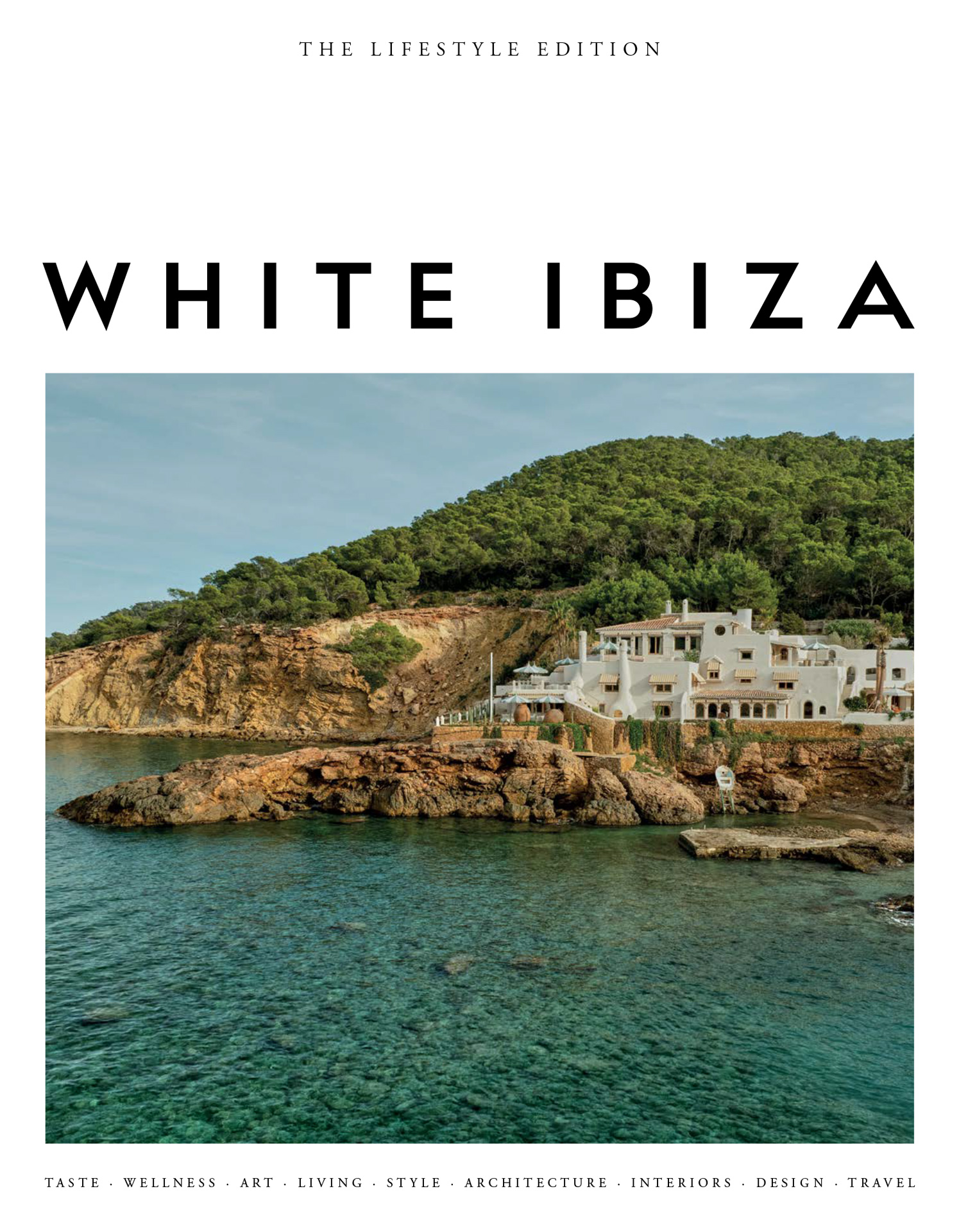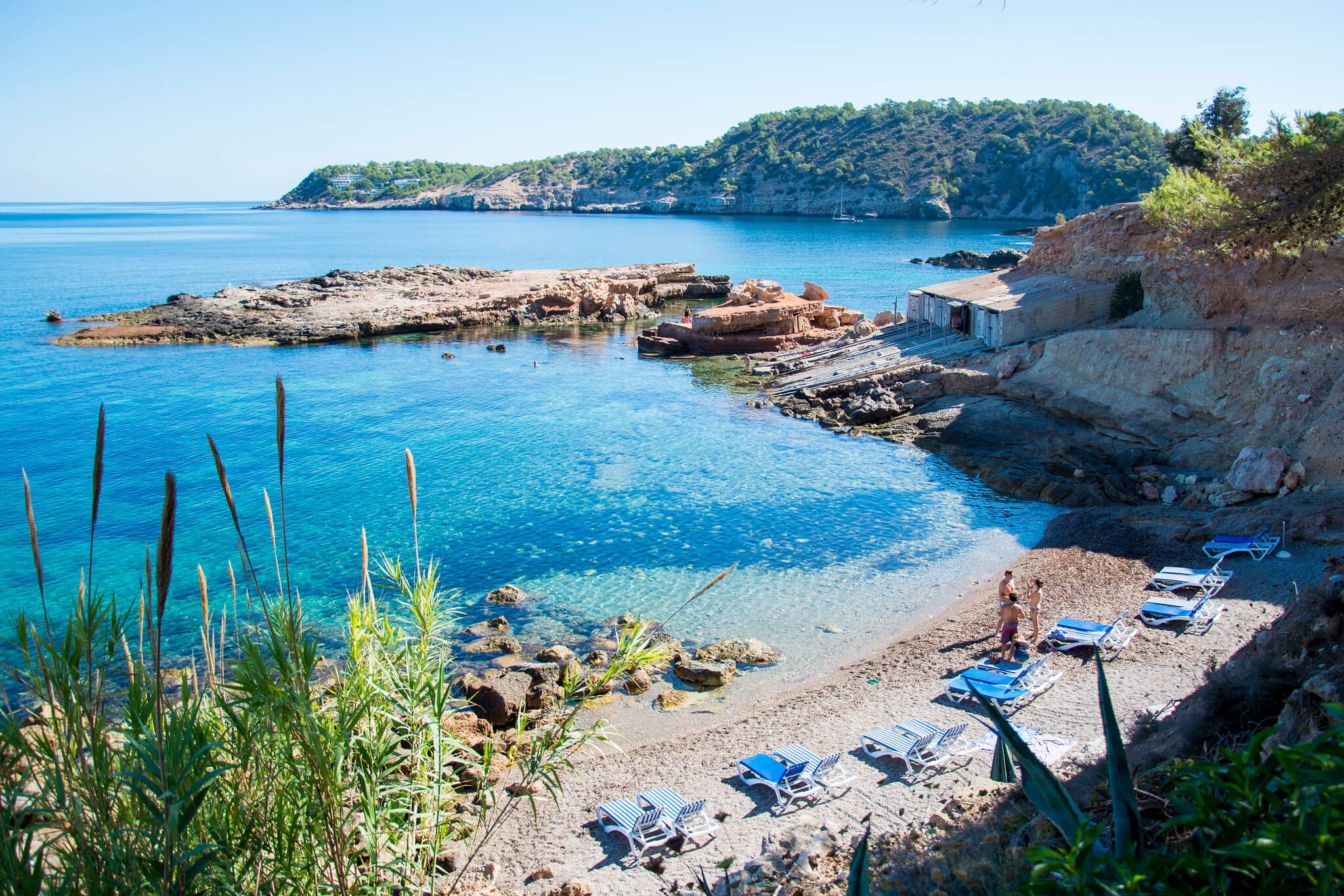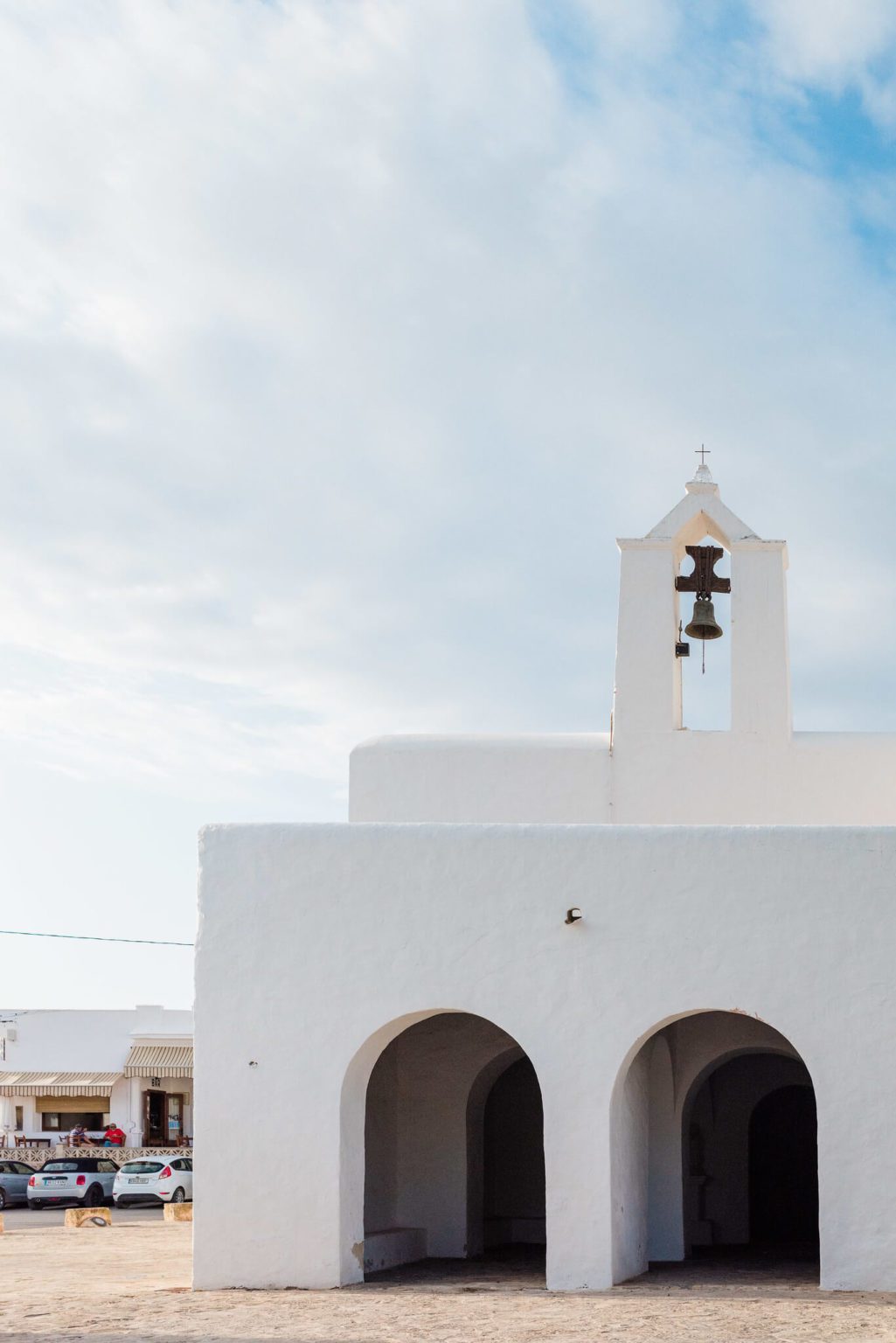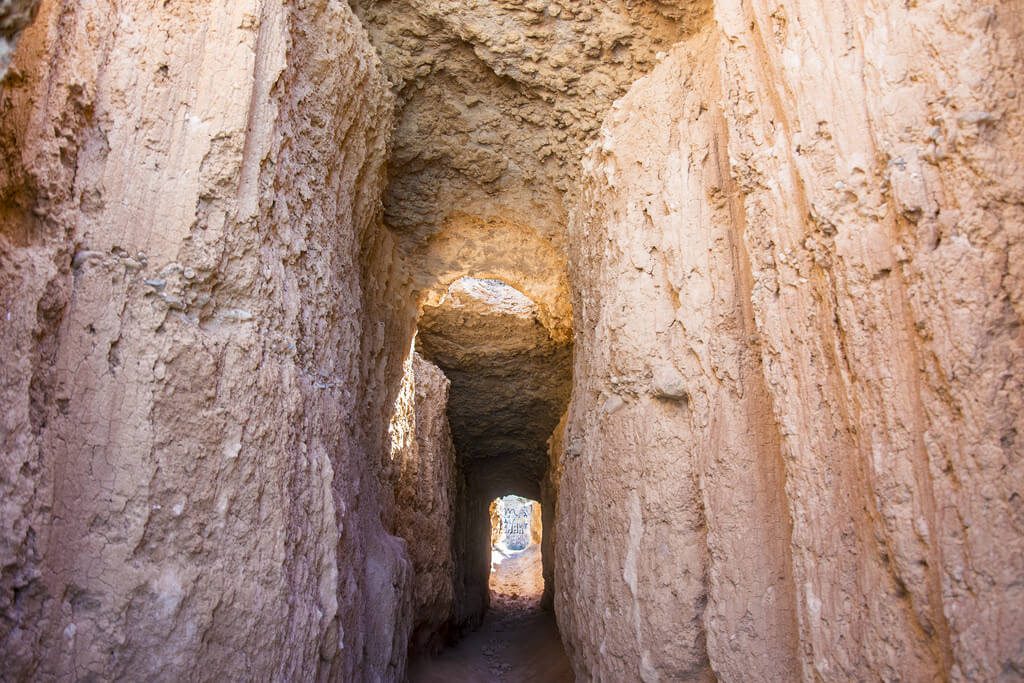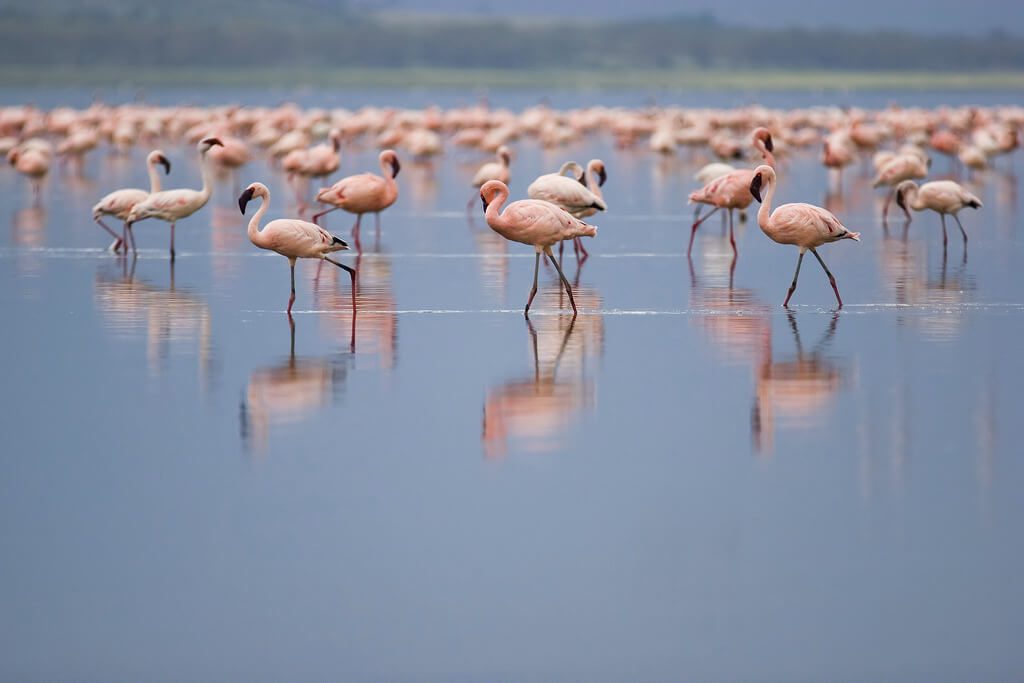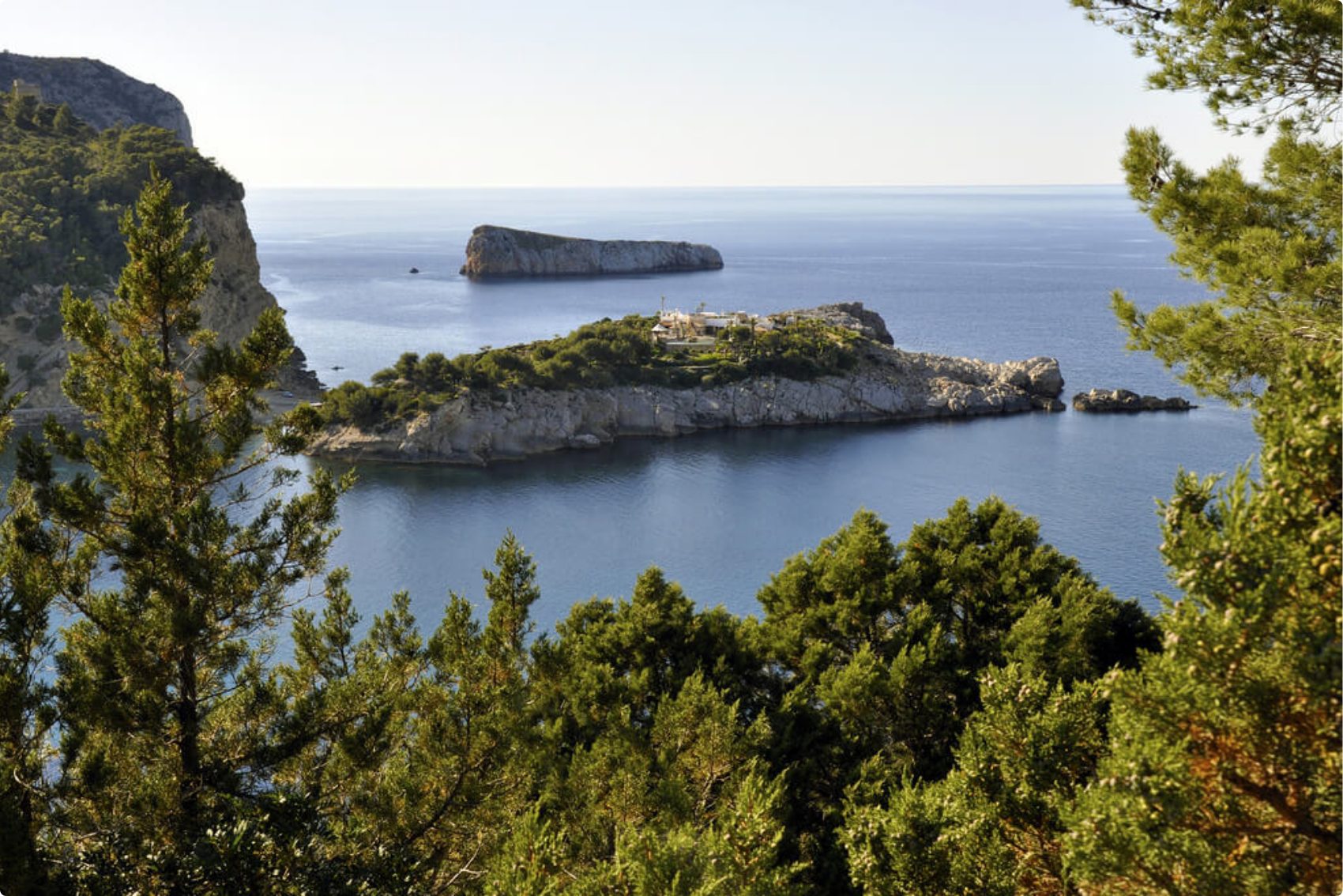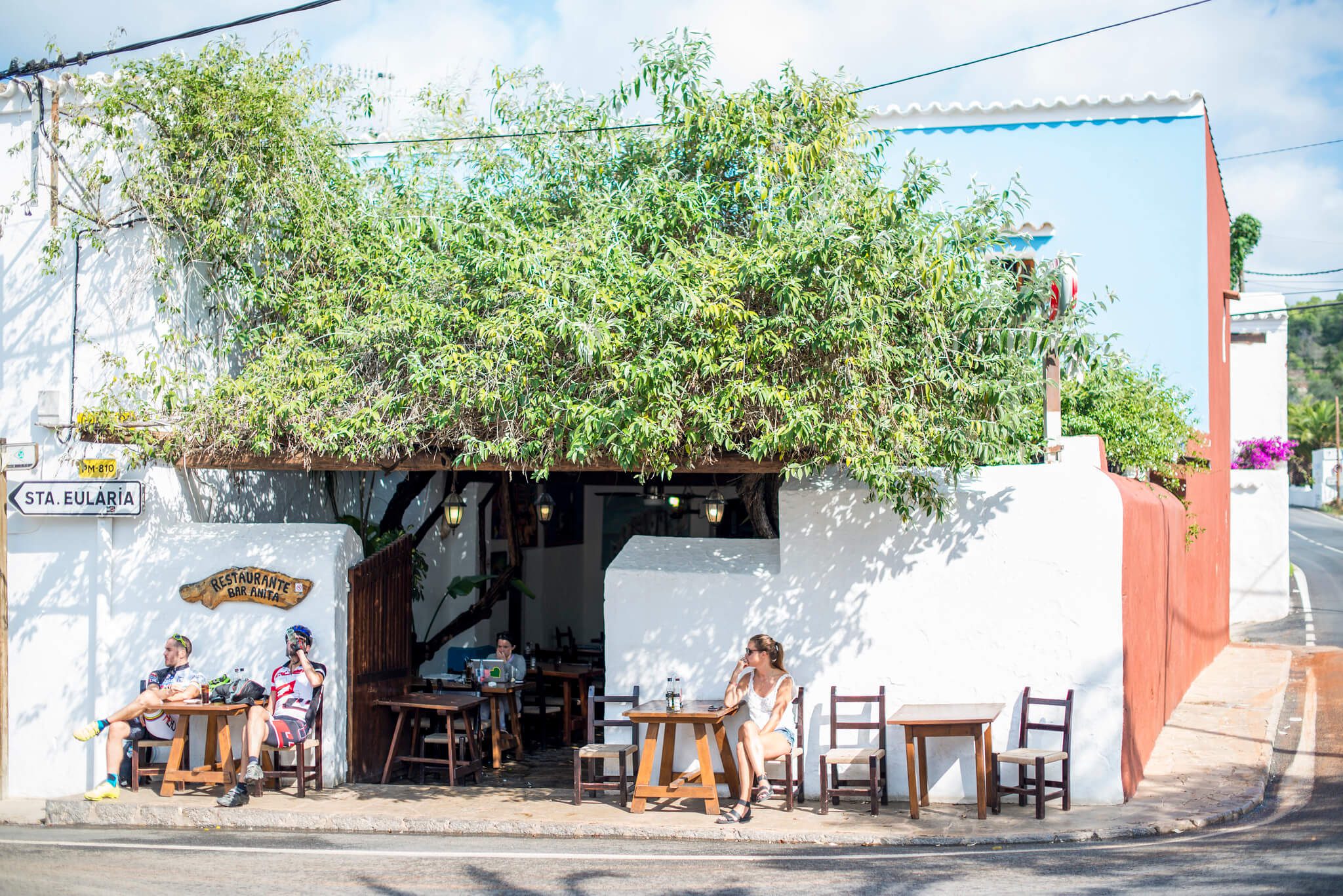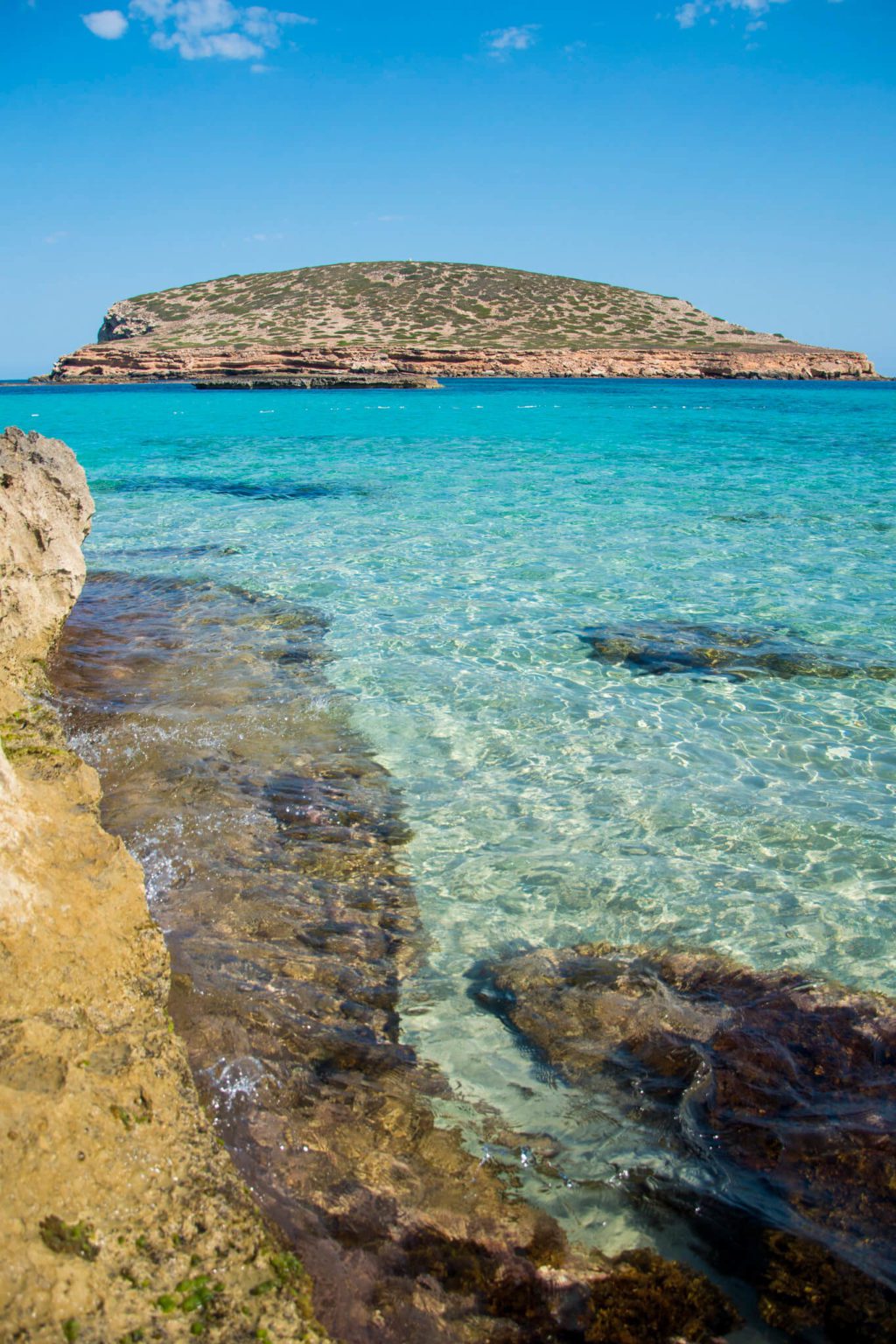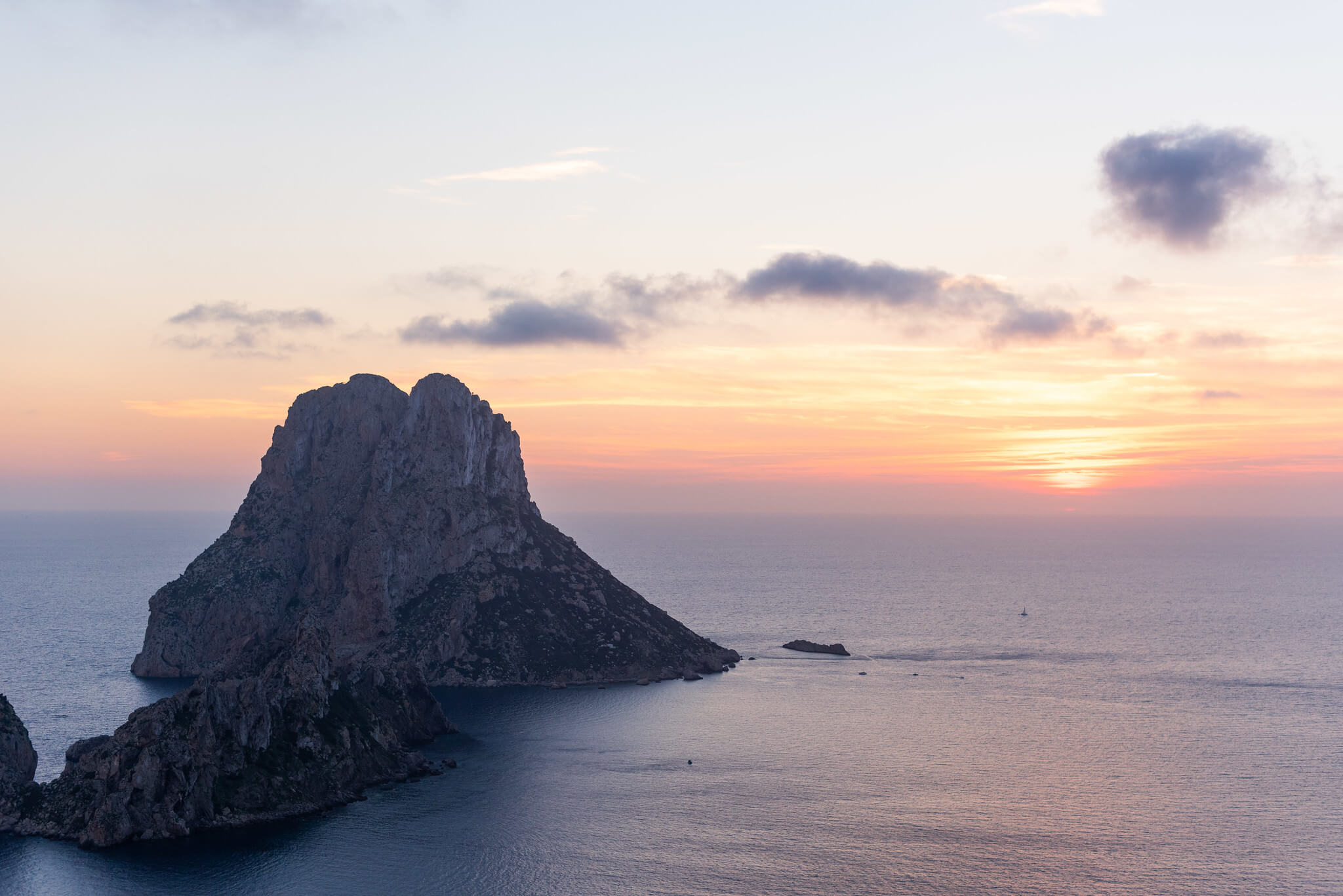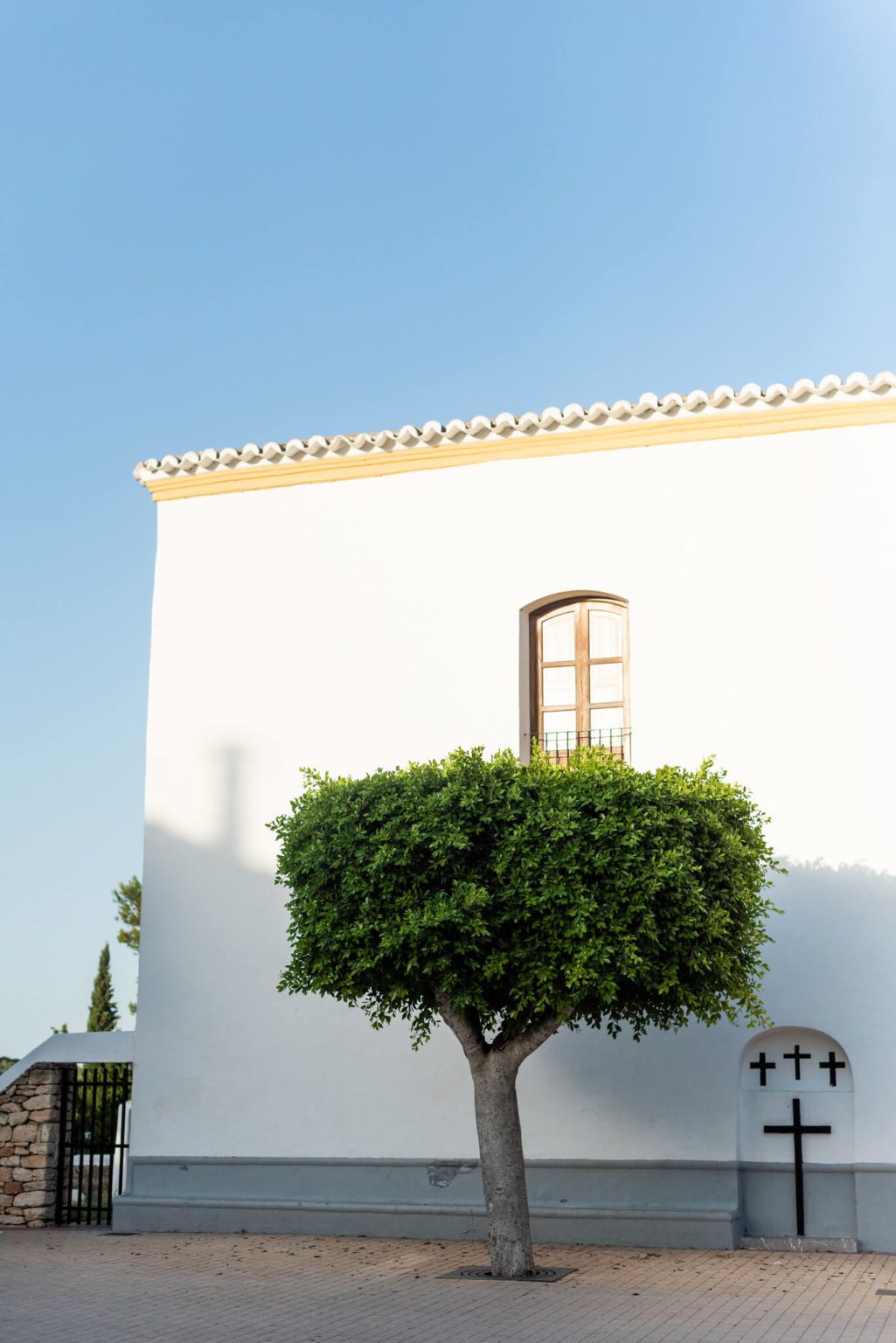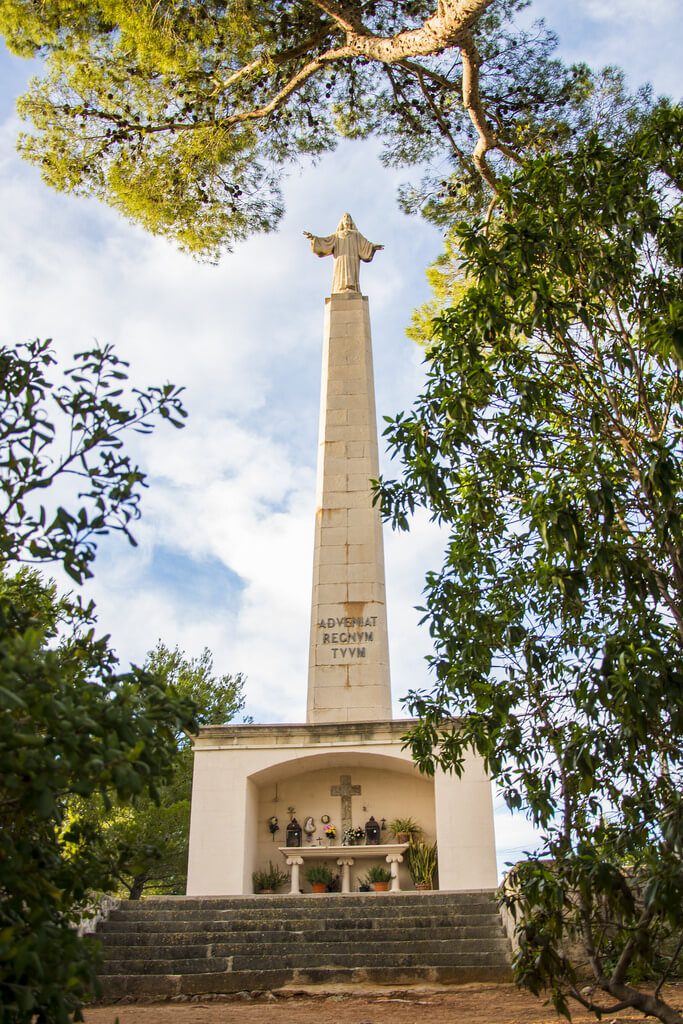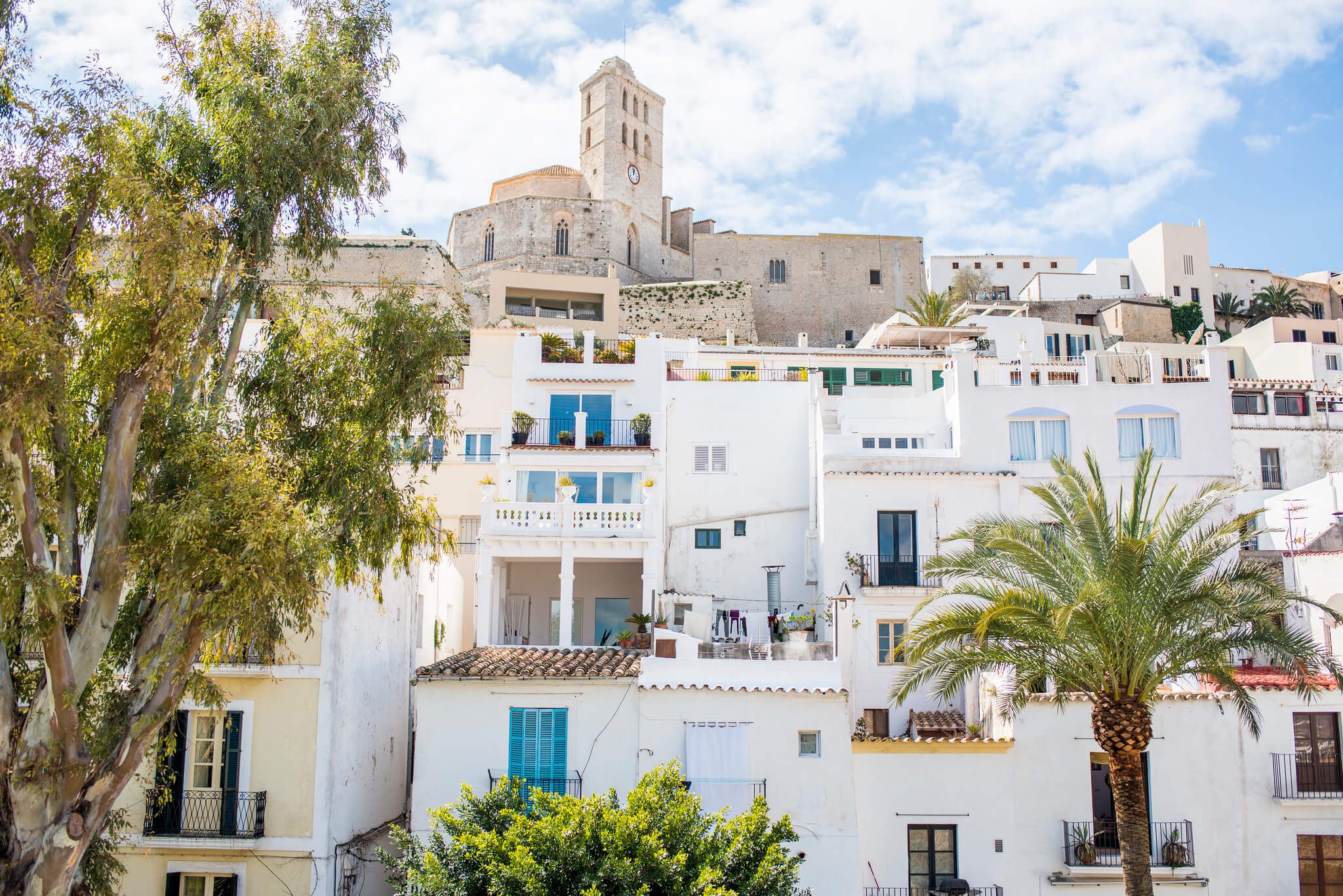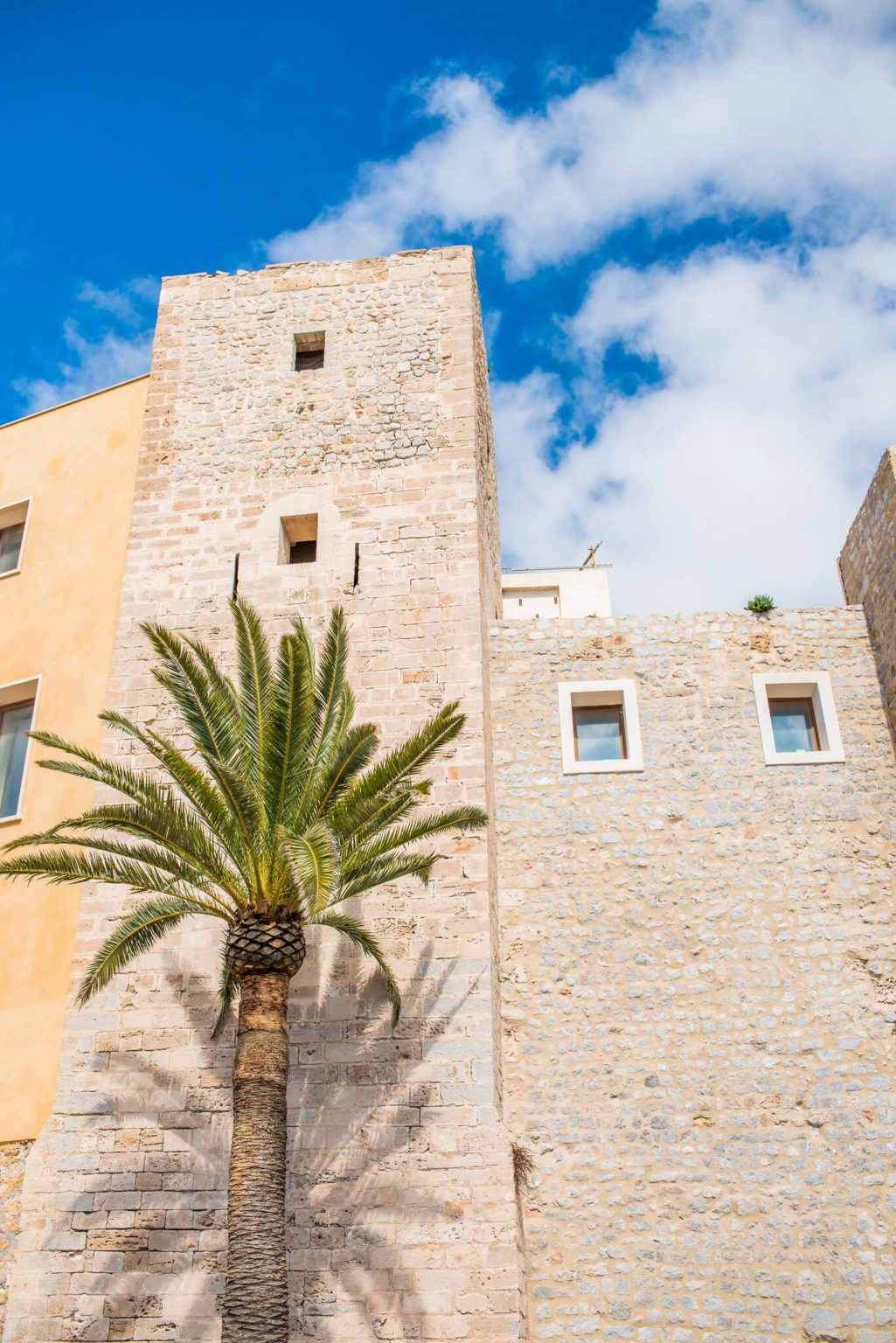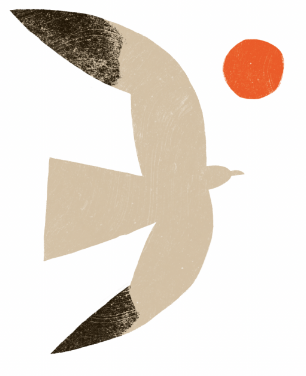
To the naked eye, the island of Ibiza is just small patch of land floating in the Mediterranean Sea off the coast of Spain, but to those in the know, it is a rich landscape promising adventure, fun, relaxation and so much more.
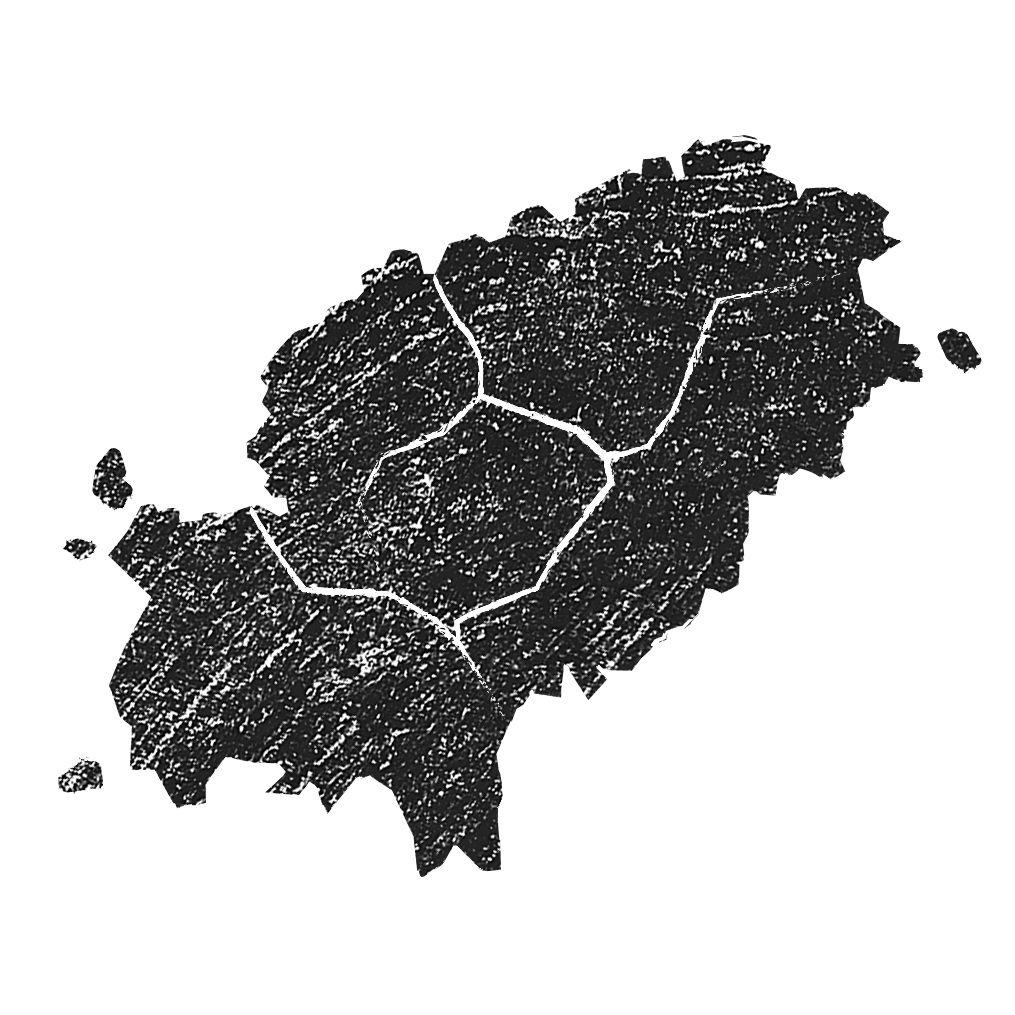
To the naked eye, the island of Ibiza is just small patch of land floating in the Mediterranean Sea off the coast of Spain, but to those in the know, it is a rich landscape promising adventure, fun, relaxation and so much more.
Ibiza’s north is famous for its bohemian, laidback lifestyle and gorgeous scenery, from country to beaches and beyond. Its reputation as a wellness and healing community is well-earned, as there are numerous ways to treat the mind, body and soul in the north east… simply pick your favourite!
WELCOME TO IBIZA
Ibiza didn’t get an airport until 1966. Before then, visitors arrived by boat from the mainland or Mallorca and docked at the old port – today lined with bars, boutiques and hordes of strolling tourists. Passengers on the ferry’s deck watched the citadel of Dalt Vila rise into view, its formidable walls glinting in the sun, a maze of whitewashed dwellings tumbling toward the sea. On the shore, a gaggle of lost (and found) souls from across the world waited impatiently for the boat to disgorge its cargo, the precious letters, and even more precious remittances from ‘home’ hidden within canvas sacks. Many a poet has written about this vista, in awe of the luminosity which bathes the whole scene in an ethereal glow.
PHOENICIAN HERITAGE
This was the same approach likely taken by the Phoenicians in 645 BCE, but their view would have consisted of thick oak and pine forests and a sparkling, untouched coastline. With their penchant for peddling luxury goods and international travel, it’s fitting they were the ones to first colonise the island. A community thrived at Sa Caleta for around 40 years before moving to Ibosim, named after the god Bes, now known as Ibiza town, one of the oldest urban environments in the Western Mediterranean. These hardy people transformed Ibiza into a hub of global trade, using it as a base for long voyages and producing salt, fish sauce, wool, and the prized purple dye beloved by royalty across Europe and the Levant.
CULTURAL FOUNDATION
Ibiza received its cultural foundation, beliefs, and distinctive architecture from these resilient and entrepreneurial people. Leaving behind their primary goddess, Tanit—still worshipped today, though in ways the Phoenicians might find questionable—Ibiza remained a principal trade route to the riches of the East for several hundred years. The old town streets were filled with pirates, corsairs, mercenaries, traders, and those ubiquitous lost souls, while the country and village folk did their best to protect themselves from the viciousness of countless raids and numerous invaders, starting with the Carthaginians after the First Punic War.
A PERILOUS PAST
A series of ransackers followed, including the Scipio brothers, Romans, Vandals, Byzantines, Moors, and Barbarians. Even King Sigurd of Norway had a go. The arrival of the Aragon army in 1235 cemented the island’s status as a Catalan-speaking land, although Ibicenc is the local dialect still spoken today. Unfortunately, the following period was marked by neglect, isolation, and periods of famine. Modernity reached the island slowly and sporadically. A handful of cars puttered along dirt roads alongside donkey-drawn carts, and some villages had only a single phone. Then came the Civil War, a still-painful period with unresolved remnants that run deep even today.
THE FIRST WAVE OF BOHEMIANS
The onset of the Second World War brought a new cohort of lost souls fleeing the atrocities raging across Europe. These wanderers experienced Ibiza as a utopia, removed from the horrors of war and politics, and populated by a welcoming and humble people. Among them was writers Walter Benjamin and Elliot Paul, Dadaist Raoul Hausmann, artist Erwin Bechtold, architect Edwin Bronner, master forger Elmyr de Hory and the elite of Hollywood including Errol Flynn, Grace Kelly and Ava Gardner among many others. These exiles—writers, architects, artists, and ingénues—became the first wave of bohemians. They eventually passed the baton to an influx of counterculture dropouts, trust-fund hippies, American draft dodgers, and shysters of all stripes. The freewheeling 50s and 60s slid effortlessly into the disco era and with the death of Spanish dictator Francisco Franco in 1975, Ibiza as a party paradise was born.
THE BIRTH OF CLUB CULTURE
Pacha and KU dominated the club scene, becoming beacons for stars from all over the world. The likes of Joni Mitchell, Bob Marley, and Nico segued into Freddie Mercury, Grace Jones, Wham!, Duran Duran, and Boy George. It was a gang of likely lads who landed in Ibiza one sunny day in 1987 that subsequently ushered in the era of the superstar DJ (with the prerequisite supermodel crew – Naomi and Kate on the throne). Paul Oakenfold, Johnny Walker, Danny Rampling, and Nicky Holloway heard the legendary Alfredo play at Amnesia and on taking the sound back to the UK made music history. The club scene exploded into a global phenomenon that has not stopped growing.
A MODERN-DAY LEGACY
Nowadays, people arrive by plane and drive out of Ibiza airport on a road lined with billboards advertising the latest club night. Alongside the decadence and dancing the original hippies left their own legacy too, one that has grown into a well-established community of alternative lifestyle practitioners for those seeking solace and healing among the stunning landscapes of the island. And all the while the original island people, the Ibicenc, look on slightly bemused and forever welcoming while the sun shines down on the white isle.

